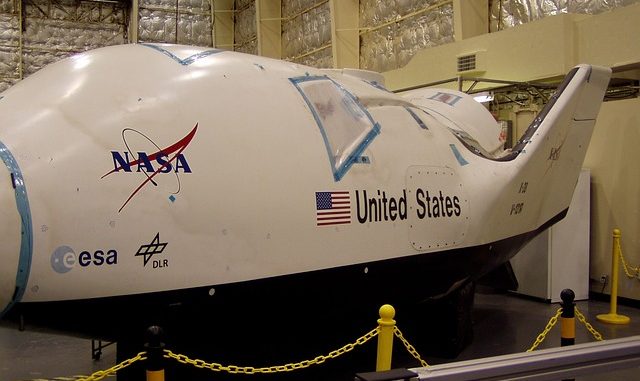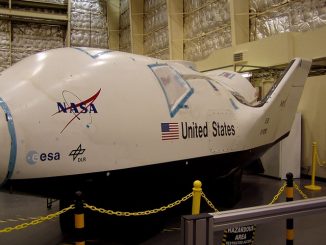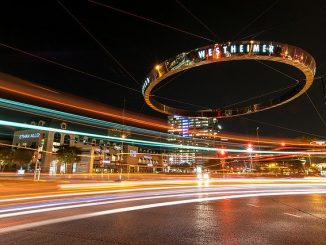
blogHOUSTON has written more than once that Harris County’s Motorist Assistance Program is the smart, safe, and citizen-friendly alternative to $AFEclear. Recently some $AFEclear proponents have said that MAP is too expensive for the city to participate in because it costs $250,000 per truck, per year.
Since we haven’t seen much out of the local media investigating what MAP might actually cost, we decided to ask Walter Wainwright. Wainwright is the president of the Houston Automobile Dealers Association, the group that initially started MAP before Harris County took over the program.
Wainwright graciously provided the following details. First, in 19 years of its existence, MAP drivers have assisted stranded motorists 600,000 times and there have been no deaths. There are nine trucks and two eight-hour shifts every weekday, from 6:00 a.m. to 10:00 p.m. That means 18 sheriff’s deputies are out every weekday helping stranded motorists on Harris County freeways.
Second, Wainwright provided cost estimates. By far the biggest expense is the salaries for the MAP drivers who are sheriff’s deputies. Wainwright said when the program was being developed, women made it especially clear they did not want anyone besides a law enforcement officer providing roadside assistance. That is why MAP drivers are sheriff’s deputies. The salaries total approximately $850,000 and that amount is reimbursed almost entirely by METRO.
The Houston Automobile Dealers Association donates four new MAP trucks every year, at a cost of $100,000.
Cingular Wireless donates cell phones and phone services for the MAP drivers at a cost of around $70,000.
TxDOT provides office space, dispatchers and coordinating support for MAP out of the Houston Transtar facilities.
Harris County is responsible for gas and truck maintenence costs which ran about $200,000 per year until recently. He said that cost has risen due to increasing gasoline prices and he said it could be closer to $300,000 by now.
If we add all that up, MAP technically costs about $1.3 million. However, the cost to Harris County is under $300,000. So, here’s a thought: what if Houston invested the $300,000 that it is willing to use for free tows, into the MAP program; and negotiated with METRO, Cingular Wireless, the Houston Auto Dealers Association and TxDOT to increase their contributions to MAP?
We would then have an expanded MAP program with law enforcement officers responding to stranded motorists who are on the shoulder (no tow truck drivers with felony backgrounds). If the MAP driver can solve the problem, the motorist will be on his or her way rapidly with no towing involved for a flat tire or an emergency gallon of gas. And if a tow truck is needed, then the MAP driver can call for a $AFEclear wrecker and an officer would be there with the motorist when the wrecker driver hooks up the car. See? It’s all about safety and a dynamic, customer-oriented government.
UPDATE (02-08-2005): A representative for Mr. Wainwright emails that his cost estimates were somewhat off, as Harris County also kicks in some of the personnel funding. The new estimate given by his representative is $700,000 per year.
ANNE LINEHAN ADDS: This change in math obviously makes a difference, but I don’t think it’s an insurmountable problem. Mayor White is very good at making things happen.
If we go back to the impetus for this post, it was because someone from the city said that each MAP truck costs $250,000 per year to operate. There are nine MAP trucks, so proponents are saying the program costs $2.25 million to operate per year. Well, we know that the entire program costs a little over $1.5 million and now we also know that Harris County pays approximately $700,000 into MAP, which averages out to about $77,000 per truck (the rest is picked up by donations from the entities listed in the main post). That’s quite different than $250,000. And let’s not forget the city made $1 million + off the franchise fees paid for freeway rights. If the city has to match Harris County’s contribution (and who says it has to be the same?) the city would still have a net gain of around $300,000.
If the city flexed some muscle, I’ll bet officials could find more sponsors to help fund the program, more underwriters to contribute resources and apply for a federal grant to help defray the cost. When $AFEclear first hit the news, Sen. Whitmire mentioned that the city received federal grant money from a program called CMAQ (Congestion Mitigation and Air Quality Improvement Program), back during the Lee Brown administration. Houston should apply for some similar funding.
There are ways to do this, if the city was so inclined. It would sure help address the issue of tow truck drivers who have felony backgrounds.



